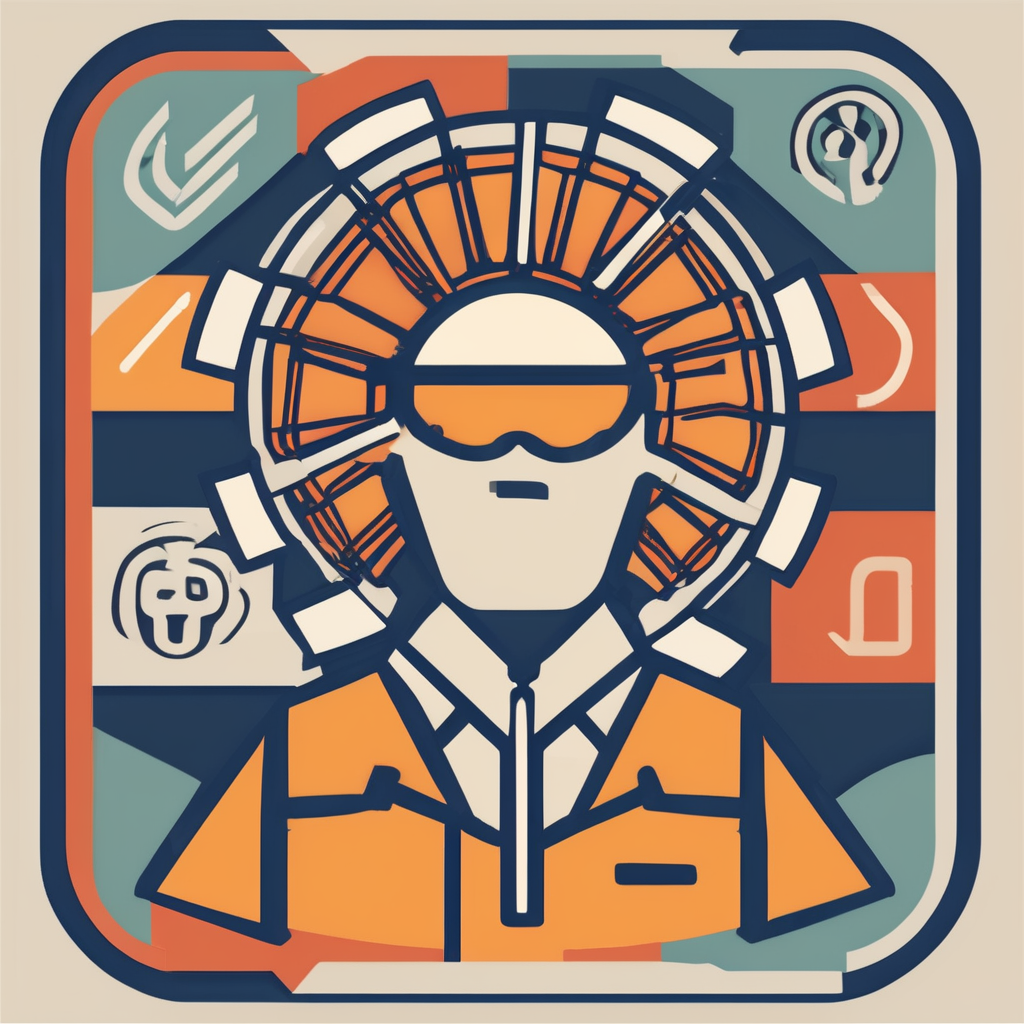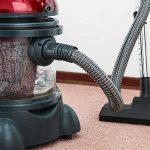Workplace personality assessments offer more than simple profiles—they reveal traits that shape collaboration, communication, and productivity. Understanding these dynamics helps employers hire candidates who fit roles and build teams that work seamlessly together. When applied thoughtfully, these tools unlock hidden strengths and address potential friction, creating a healthier work environment and driving better results. Exploring proven models like DISC or Myers-Briggs can transform hiring and team development strategies.
Essential facts and benefits of workplace personality assessments
Many organizations rely on the Workplace Personality Test to gain actionable insights into employees’ strengths, work preferences, and collaboration styles. This page explains it in detail: Anchor text: ‘Workplace Personality Test’. Scientifically validated tools—like the DISC model, Myers-Briggs, and color profiling—stand out for their proven ability to improve hiring and team development.
Also read : Executive Coaching in London: Flexible, Results-Driven Approach
With a personality test for employees, managers can quickly pinpoint candidates whose behaviors and motivations align with core business values. This not only streamlines the hiring process but also helps reduce turnover rates—a direct benefit for recruitment efforts. Widely recognized assessments such as the occupational personality questionnaire and C-me color profiling make team composition more harmonious by highlighting individual traits and group dynamics.
Employers increasingly choose personality tests for workplace culture and productivity. From the workplace personality quiz to advanced options like DISC workplace profile and workplace big five, each one offers unique frameworks. The best personality tests for workplace environments focus on measurable traits, helping organizations foster efficient communication, stronger cohesion, and more productive teams.
Also read : Efficient facilities management solutions for uk businesses
Leading workplace personality assessment types and their workplace impact
DISC assessment: structure, usage, and real-world value in teams and hiring
Precision: DISC assessments categorize workplace behavior into four primary personality styles—Drive, Influence, Support, and Clarity—determined by responses to behavior-based questions. Each style correlates with distinct workplace preferences, strengths, and communication habits.
In employment contexts, the DISC assessment is frequently used for team alignment, recruitment, and communication training. For example, leaders can tailor their management approach by understanding whether an employee is more results-driven or people-focused. Team workshops using DISC insights boost understanding and cohesion, and managers rely on DISC-driven reports for hiring candidates who match specific work environments. Psychometric validation supports the accuracy and reproducibility of the test, increasing its adoption among top organizations.
Myers-Briggs Type Indicator and 16 Personality Test: legacy, variants, and team applications
The Myers-Briggs Type Indicator (MBTI) organizes individuals into 16 personality types, based on their preferences for energy, information, decisions, and structure. Applied in workplace settings, the MBTI encourages colleagues to appreciate differences in work style and communication. Variants like the 16 Personalities test further popularize MBTI frameworks, fostering empathy and collaboration in teams.
Big Five, color profiling, and other notable tools: features, results, and choosing the right fit
The Big Five measures openness, conscientiousness, extraversion, agreeableness, and neuroticism—traits linked to career fit and team compatibility. Color profiling systems use visual categories to make personality insights accessible, aiding in recruitment and team building. These assessments help organizations select tools that match their culture and goals, empowering data-driven decisions for workplace development.
Best practices for implementing and maximizing workplace assessments
Integrating assessments into recruitment and team development processes
Start by clearly defining the purpose for using workplace personality assessments, such as aligning individuals with their roles, streamlining hiring, or improving team dynamics. Incorporate scientifically validated tools like the DISC workplace assessment, workplace personality inventory, or workplace big five assessment at specific stages: for instance, during pre-employment screening or team workshops. Keep the process transparent, ensuring candidates and team members know what to expect. Use online platforms for efficient administration, allowing for less disruption and greater scalability, especially in larger organizations.
Ethical considerations: avoiding reliance on personality tests alone
Never use personality tests as the sole basis for hiring or critical employee decisions. Ethical use demands assessments are only one element among structured interviews, performance data, and reference checks. Protect privacy by sharing only essential insights rather than full reports and staying compliant with data regulations. Remain vigilant against potential bias, stereotype reinforcement, or misuse of sensitive results when designing assessment-driven programs.
Leveraging results: boosting self-awareness, improving communication, and retaining top talent
Turn assessment insights into practical actions. Facilitate feedback sessions so individuals understand their workplace personality profiles and feel empowered to reflect and adapt. Create customized development paths, coaching, or communication workshops that recognize DISC, MBTI, or Big Five results. Positive, well-supported implementation leads to stronger self-awareness, better conflict resolution, and enhanced employee retention.











